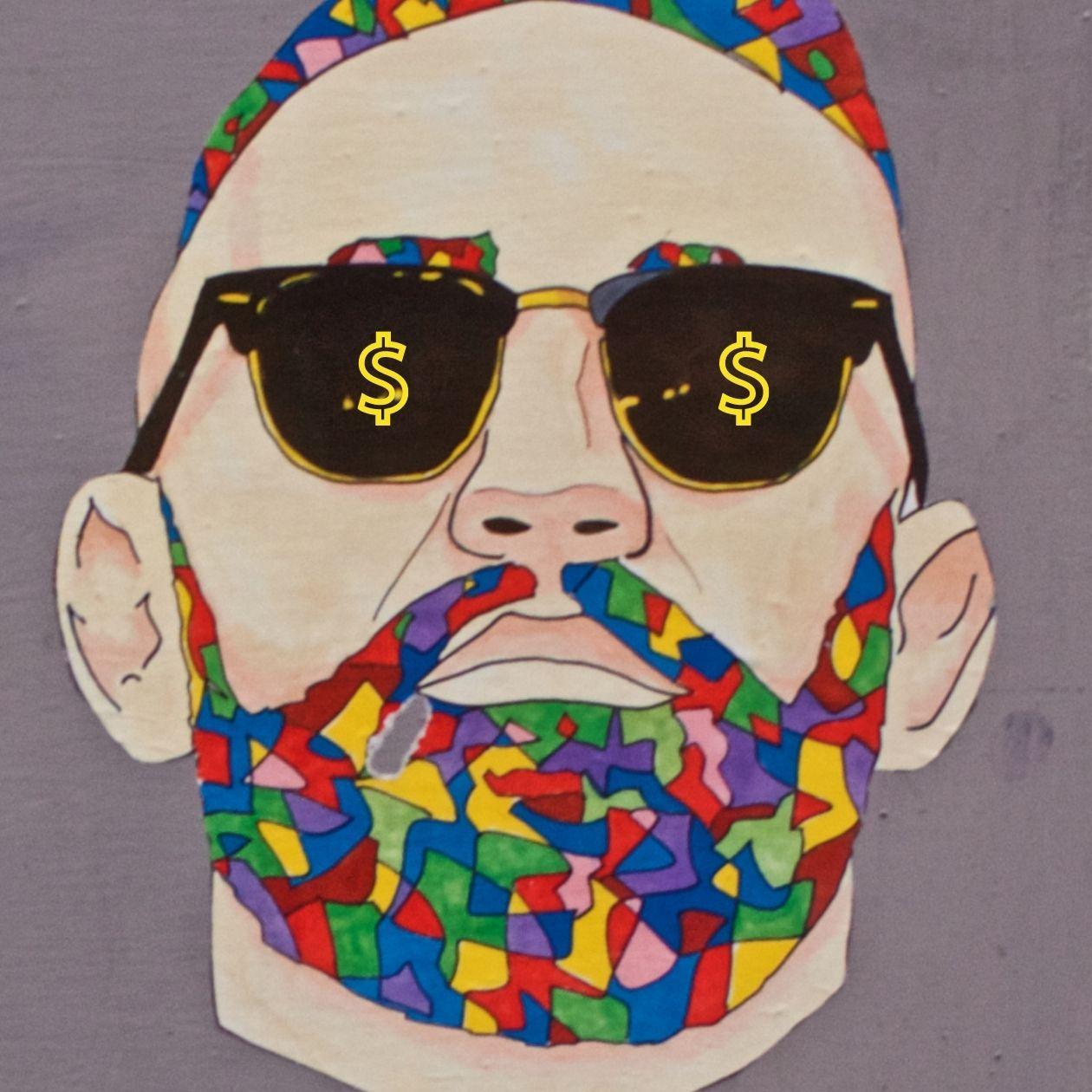Thanks for the elaborate and comprehensive information on EOS. I believe it will go a long to enlighten newbies on others who do not know much about this promising crypto currency, EOS.
Forums
Cryptocurrency Forums - Join the Bitcoin Chat and Forum - Live Bitcoin Discussion about cryptocurrency trends and Chat Platforms.
What Are EOS Tokens?
What Are EOS Tokens?
EOS tokens are ERC-20 compatible tokens distributed on the Ethereum blockchain pursued to a related ERC-20 smart contract (the "EOS Tokens").
Block.one is building the EOS.IO Software but it will not configure and / or launch any public blockchain platform adopting the open source EOS.IO Software (the "EOS Platform").
Any launch of an EOS Platform will be attended by members of the community unrelated to block.one. Third parties launching the EOS Platform may delete, modify or supplement the EOS.IO Software prior to, during or after launching the EOS Platform.
The EOS Tokens do not have any rights, uses, purpose, attributes, functionalities or features, express or implied, including, without limitation, any uses, purpose, attributes, functionalities or features on the EOS Platform.
The EOS Token distribution will take place over 341 days starting on June 26, 2017 at 13:00 UTC. One billion (1,000,000,000) EOS Tokens will be distributed according to the schedule below:
200 million EOS Tokens (20% of the total amount of EOS Tokens to be distributed) will be distributed during a 5 day period beginning on June 26, 2017 at 13:00 UTC and ending on July 1, 2017 at 12:59:59 UTC (the "First Period").
700,000,000 EOS Tokens (70% of the total amount of EOS Tokens to be distributed) will then be split evenly into 350 consecutive 23 hour periods of 2,000,000 EOS tokens each beginning on July 1, 2017 at 13:00:00 UTC.
100,000,000 EOS (10% of the total amount of EOS Tokens to be distributed) will be reserved for block.one and can not be traded or transferred on the Ethereum network.
At the end of the 5 day period and at the end of each 23 hour period referred to above, the corresponding set number of EOS Tokens set forth above will be distributed pro rata amongst all authorized purchasers, based on the total ether ("ETH" ) Contributed during those periods, respectively, as follows:
Number of EOS Tokens distributed to an authorized purchaser =
a * (b÷c)
Where:
a = Total ETH contributed by an authorized purchaser during the period.
b = Total number of EOS Tokens available for distribution in the period.
c = Total ETH contributed by all authorized purchasers during the period.
As an example:
20 EOS Tokens are available during a period.
Bob contributions 4 ETH and Alice contributions 1 ETH during the period. The period ends.
As a total of 5 ETH were contributed for 20 EOS Tokens during the period, 1 EOS Token will be distributed for every 0.25 ETH contributed. Therefore, Bob receives 16 EOS Tokens and Alice receives 4 EOS Tokens.
A lot of token distributions only allow a small amount of people to participate. The EOS Token distribution structure was created to provide a sufficient period of time for people to participate if they so choose, as well as give people the opportunity to see the development of the EOS.IO Software prior to making a decision to purchase EOS Tokens.
The number of EOS Tokens available during the First Period of the EOS Token distribution (i.e. the first 5 days) is higher than in subsequent periods in order to: (1) accommodate the current interest and demand that we have received for the EOS Tokens; and (2) help to more accurately determine early stage price discovery of the EOS Tokens.
Founders tokens were associated to block.one pursuant to feedback we received from the community in order to ensure that block.one has aligned interests with those participating in the EOS Token distribution.
The founders tokens represent 10% of the aggregate EOS Token distribution (or 100,000,000 EOS Tokens) (the "Founders Tokens"). The EOS Token distribution smart contract does not permit block.one to trade or transfer the Founders Tokens during the EOS Token distribution period.
If an EOS Platform adopting the EOS.IO Software is launched, the default EOS.IO Software configuration developed by block.one will lock new founders tokens distributed required to such EOS Platform in a smart contract and release 10,000,000 (10%) of such tokens to block.
One at the end of each one year anniversary of the genesis block over a period of 10 years. As mentioned above, the EOS.IO Software configuration of the EOS Platform will be absolutely determined by the community when someone other than block.one initializes a genesis block and starts a blockchain.
To participate in the EOS Token distribution, you will need an ethereum compatible wallet or an application where you and only you hold the private keys. Private keys are needed to correctly interact with smart contract functions, like transferring cryptographic tokens. Do not send ether ("ETH") directly from cryptocurrency exchanges, only an ETH compatible wallet.

